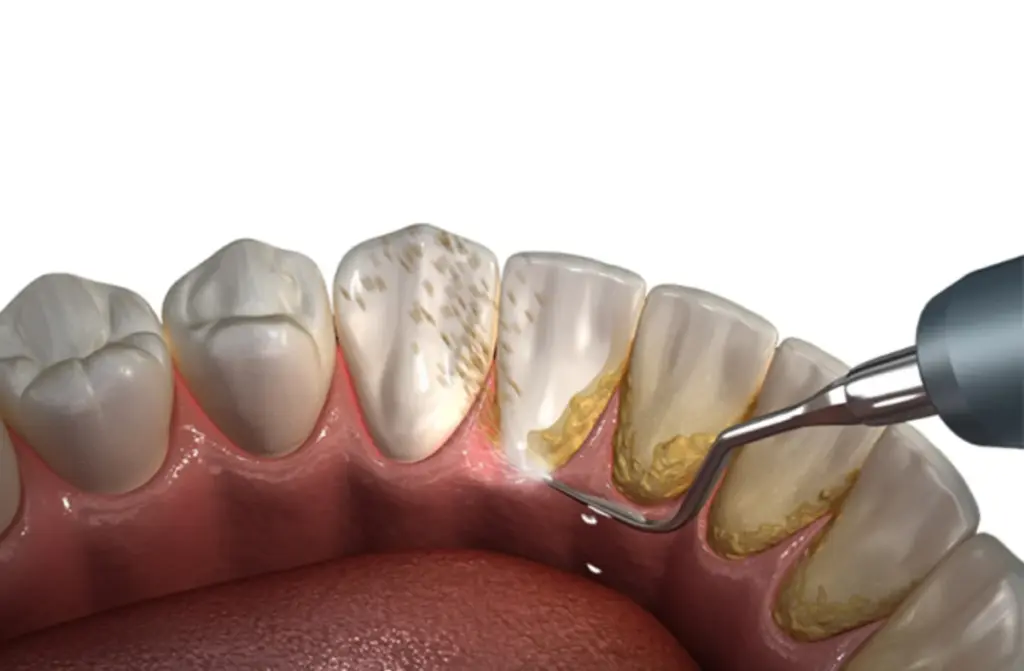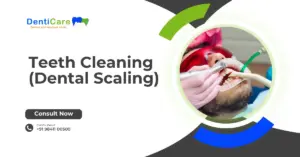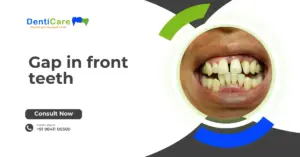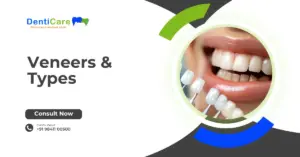Have you ever wondered or worried about the yellow deposits in your teeth,or people closely related to you. When these unwanted deposits become visible to others most people wants to get rid of them ASAP.Let us know more about this most common dental problem.

What is yellow deposit / tartar / dental calculus?
In medical terms these deposits called as dental calculus. Based on the location in relation to gum line it can be divided into two categories.
Supra gingival calculus
- Above gum level
- Visible , yellow / brown colour
- Causes gum swelling
- Can be removed easily
- Forms quickly
Sub gingival calculus
- Below gum level
- Not visible , black/dark green
- Causes bone destruction
- Difficult to remove
- Forms and mature over long time
Harmful aspects of dental calculus
Dental calculus is rough so it is ideal harbouring area for harmful bacteria and other micro organisms. Over a period of time bad germs will destroy the bone that supports the teeth. Without bone support teeth start to become loose and exposed.
It also causes bad breath and unsightly teeth appearance.
Where are these deposits come from?
Soft sticky layer normally forms on the teeth.This is called dental plaque , if uncleaned this plaque can grow over period of time , slowly it hardens.
Role of saliva
Calcium and phosphate present in the saliva ,will adhere with dental plaque and over a period of time and forms dental calculus . we have three major salivary glands in our mouth , two big glands open below the tongue , this is why tartar build up always very frequent and high inside lower jaw from teeth.
What is the treatment?
Simple dental scaling / cleaning and polishing will remove all the deposits. If the calculus formation gone deep inside gum advanced level cleaning (curettage) may be needed
- Brush with proper brushing technique.
- Brush twice a day , so the dental plaque will be removed.
- Always use soft brush.
Will dental scaling,cause gap between teeth or damage the teeth?
This is a myth that is deeply imprinted in people’s mind.
Explanation : Instruments that are used for cleaning will not cut or grind teeth , it only creates nano level vibration over the teeth , this vibrating motion remove deposits.So it is safe and absolutely necessary to maintain gum health .
If your gums have gone below the natural level , deposit forms between teeth and not removing the deposit will cause more damage to the bone that supports teeth.
Keep Smiling & Stay Happy
Dr. Gnanaraj Jayabal
Dental & Implant Surgeon
Denticare Chennai
Mogappair





